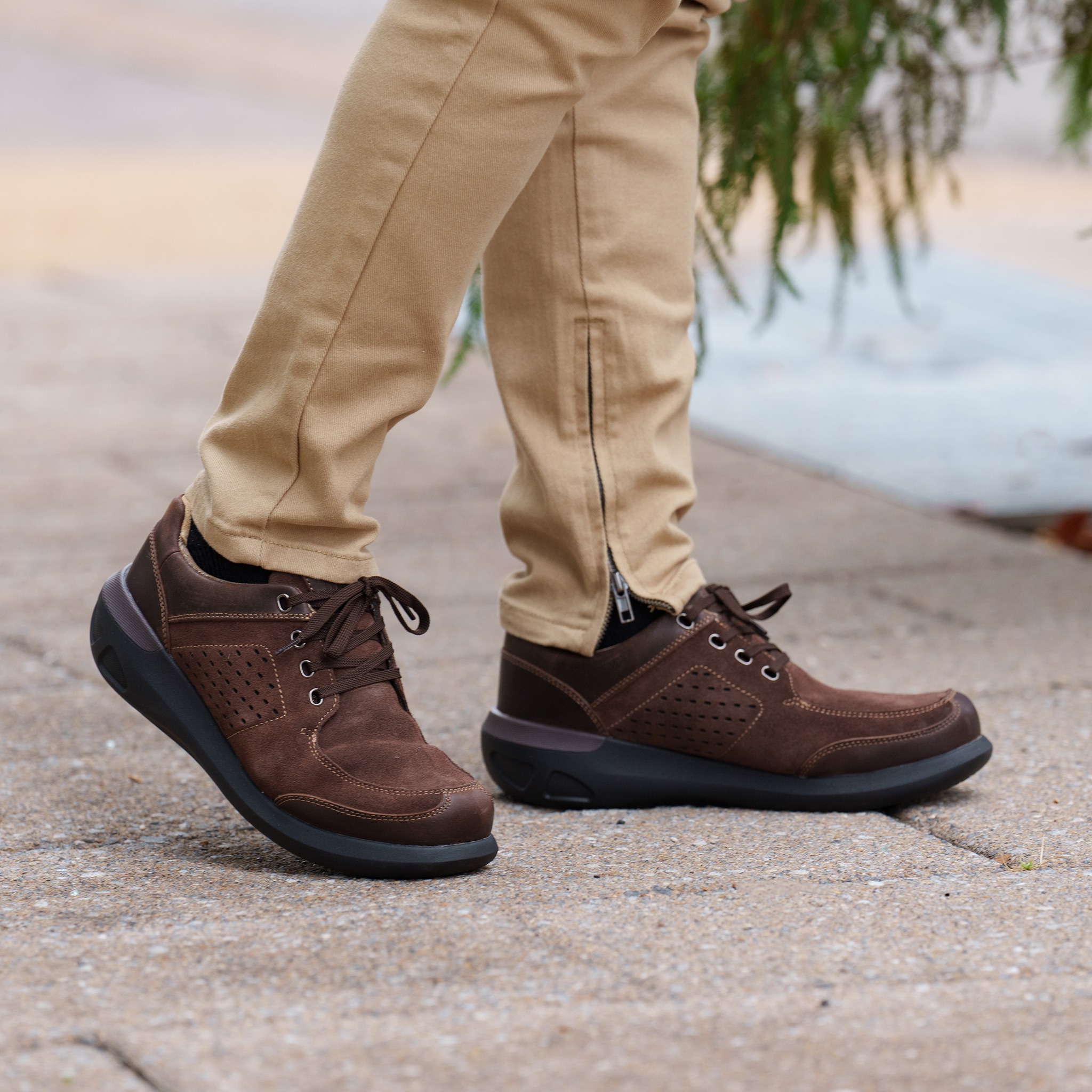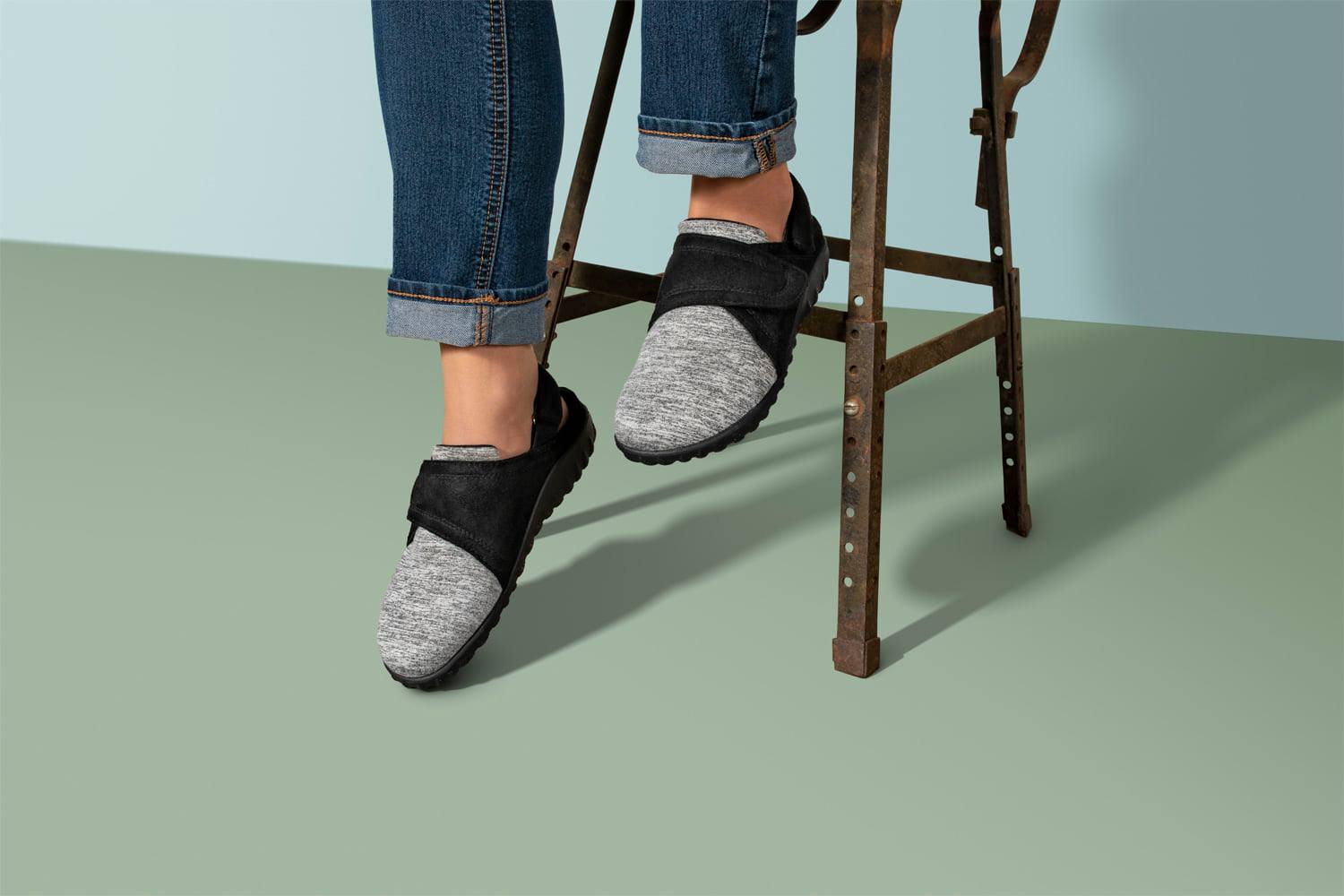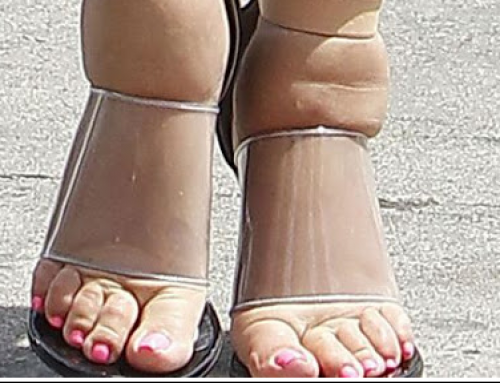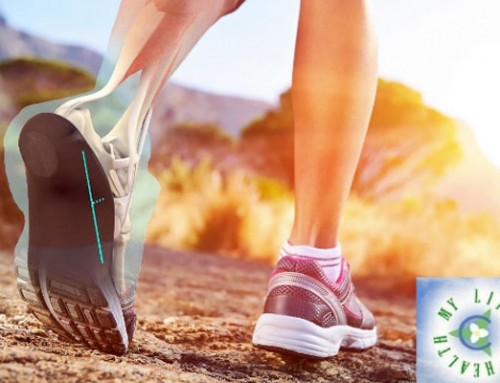High Heels – Beauty and the Beast!
The perfect pair of 4-inch heels can make any outfit, but with this comes suffering. High heels have the stigma of being bad for health and comfort, but this barely stops women from wearing them occasionally and often daily. There’s no doubt that they can accentuate a look, whether worn to the office or for parties or special occasions.
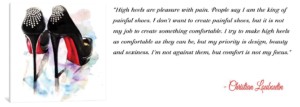
As studies have shown, and frequent wearers can attest, they sometimes take a toll on the body and can cause spine, back, hip, knee, ankle and foot pain, while altering your posture and gait.
Unfortunately, many women—especially those in their 20s—tend to “push through” the pain, leading to worse damage and injury. Usually, when we walk the weight is balanced between the front (ball) and the back (heel) of the foot. If we lift the heel – most pressure will be transferred to the ball of the foot. This way we are more likely to get toe deformities, bunions and pinched nerves, stress fractures and pain in the ball of your foot.
It’s therefore important to understand what exactly those fabulous shoes do to our body:
Our body tries to compensate for the off-kilter balance by flexing or forward bending our hips and spine and pushing our chest out. In order to maintain balance, the calf, hip and spine become tense, and that can lead to fatigue and strain of the muscles. Extra pressure is placed on the knees as well. Wearing heels continuously can cause chronic back soreness, spasms and eventually lead to arthritis.
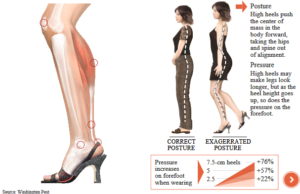
So how do you prevent this damage from happening to your body? What can you do to protect your back if you want to keep wearing these kinds of shoes? For some of us, the thought of ditching those fabulous heels is an unbearable horror!
The best advice that would make heels a bit less painful:
“I am not the sort of woman who would wear high heels with a bathing suit. Let’s get that straight right now.” Vera Wang
- Wear heels less often. Alternating wearing heels with wearing flats.
- Wear an orthotic – otherwise known as shoe insert- it will give you support and help your foot realign in the shoe. It’ll also help absorb the shock of contact with the ground when you’re walking. Such orthotics are custom made and are called an S-style shell. They are specifically designed for dress shoes.
- Make sure the toe box is rounded rather than pointy, as these compress and deform the natural shape of the toes.
- Make sure that the toe box bends- you shouldn’t wear a shoe that is too stiff and doesn’t bend when you walk, as it will make your gait feel unnatural.
- Wear chunkier heel, as they have more surface area in the heel. Block, stacked, or chunkier heels will be more comfortable than a pointy stiletto. You’ll also have a lot more support and balance while walking around.
- Try to set your limit to shorter heel (2 inch is ideal) and make sure that the shoes fit perfectly, they do not constrict your foot or cause you to slide inside the shoe.


